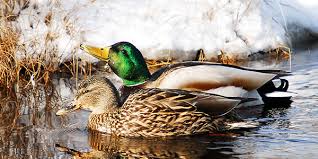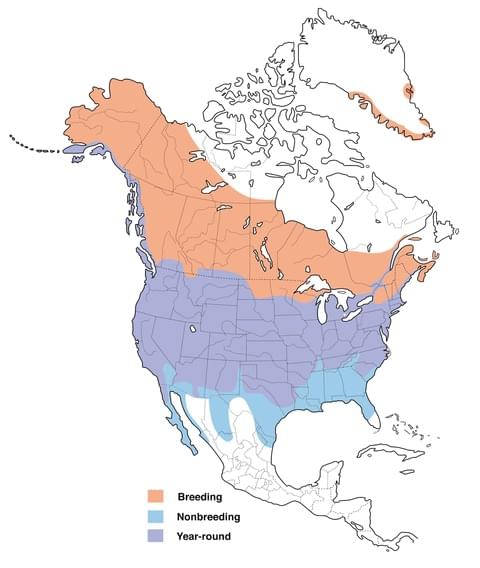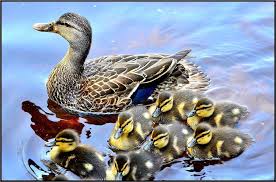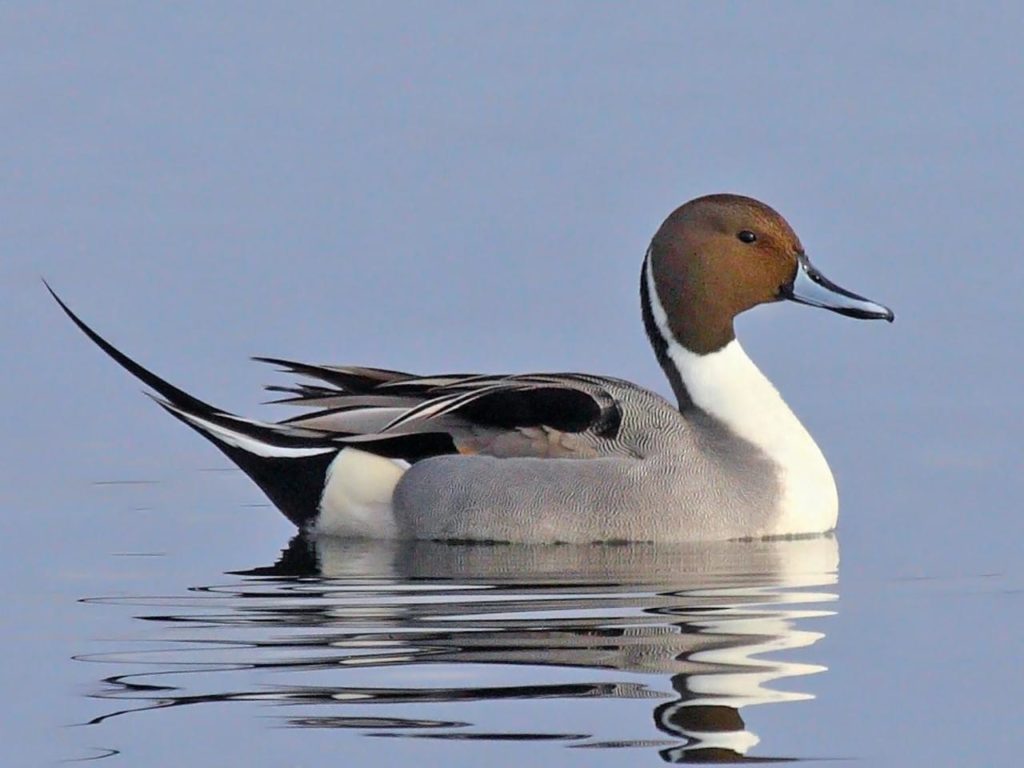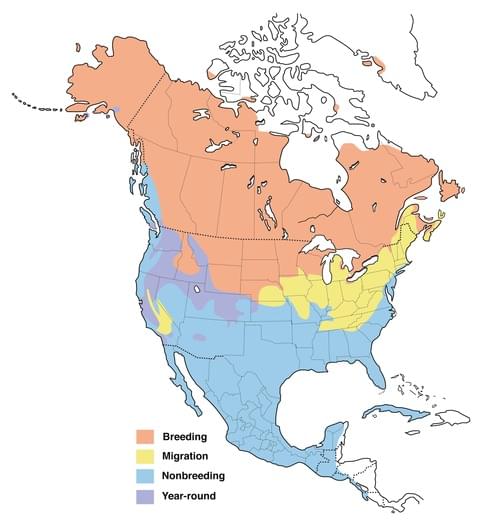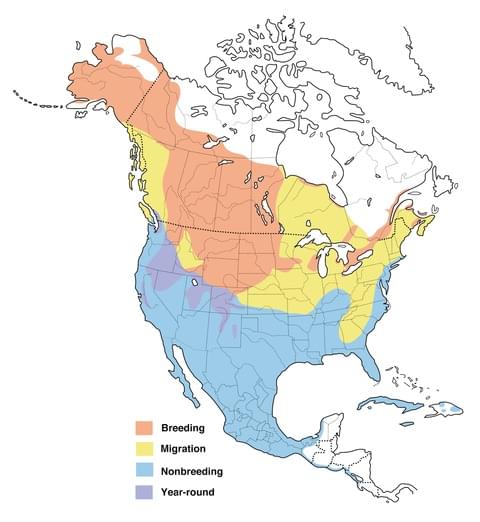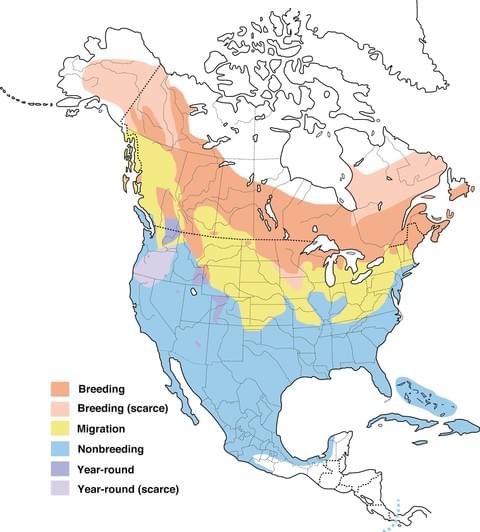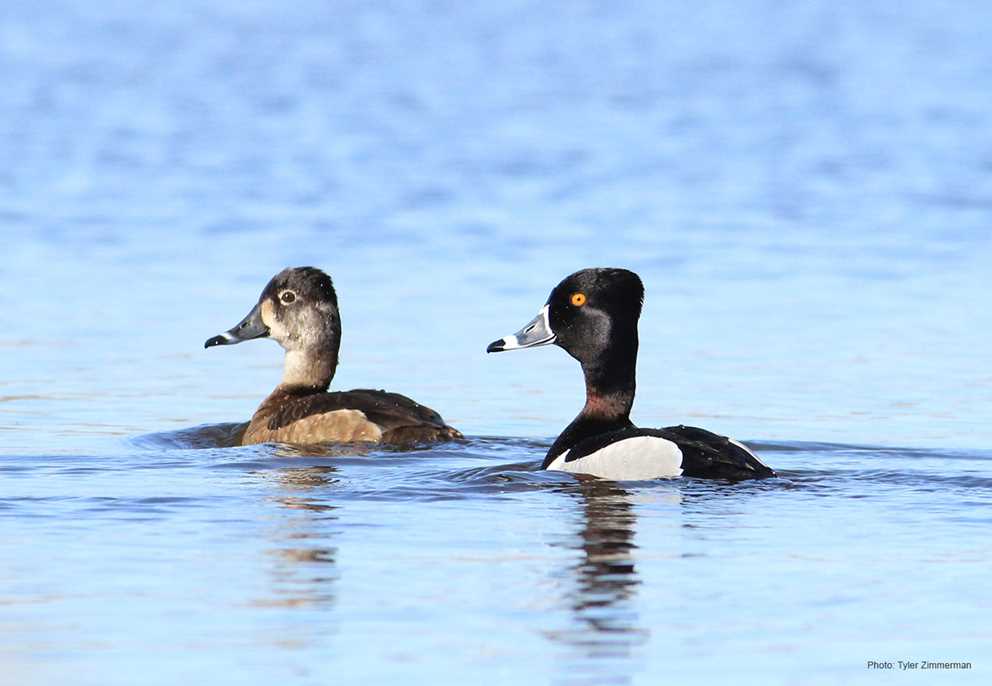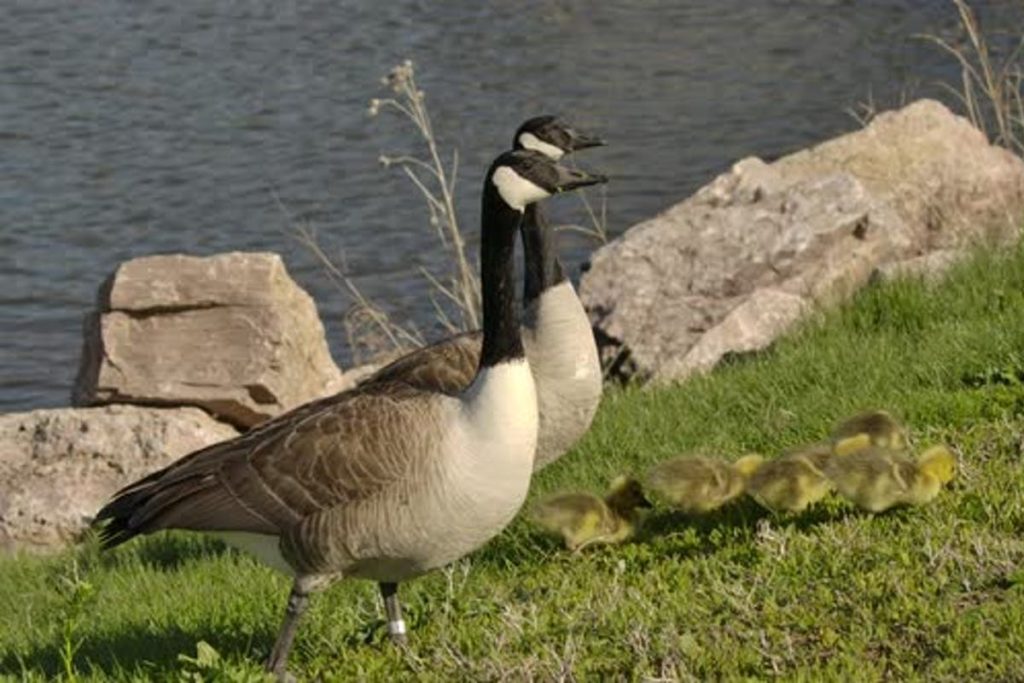An overview of Ducks and Geese of N America
by BA Nester
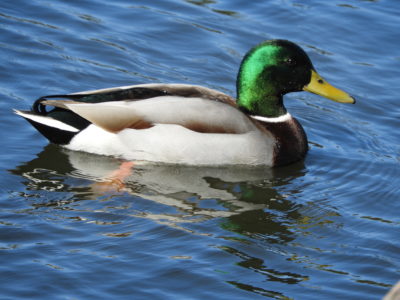
We all can describe a DUCK. You know, that streamlined, oval-shaped body, wide, webbed feet and that broad, sort of flattened bill … ya, that’s a DUCK! And many times we think of them as being kinda ‘brownish’ colored, but if we stop to think about it for a moment, they come in lots of colors … especially the males, the drakes! The females, or hens, are usually more muted for good camouflage while they nest and care for the ducklings!
The 41 major types of N American waterfowl of the Family Anatidae are usually divided into 3 main groups:
- Dabbling Ducks
- Diving Ducks/Mergansers
- Geese
Then there’s that group of waterfowl that AREN’T Ducks … the anhingas, cormorants, gallinules, coots, grebes, jacanas, swans and loons! But, that’s for another day! For today, let’s talk about Ducks and Geese!
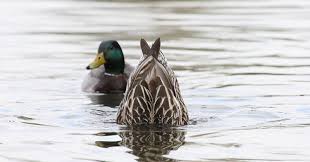
DABBLING DUCKS
The DABBLING ducks are often called ‘Puddle Ducks’. They’re the ones that ‘tip-up’ on the surface of shallow water so they can nibble on the submerged plants. They also forage on land, using the same head-sweeping motion they use in the water to find seeds and grains or maybe even the occasional nut or insects. There are 12 species of dabbling ducks in N America: American Black Duck, American Widgeon, Blue-winged Teal, Cinnamon Teal, Gadwall, Green-winged Teal, Mallard, Mottled Duck, Northern Pintail, Northern Shoveler, Wood Duck.
5 Most Common Dabbling Ducks
Mallards: “If someone at a park is feeding bread to ducks, chances are there are Mallards in the fray. Perhaps the most familiar of all ducks, Mallards occur throughout North America and Eurasia in ponds and parks as well as wilder wetlands and estuaries. The male’s gleaming green head, gray flanks, and black tail-curl arguably make it the most easily identified duck. Mallards have long been hunted for the table, and almost all domestic ducks come from this species”.*
Gadwall: “In a world where male ducks sport gleaming patches of green, red, or blue, the Gadwall’s understated elegance can make this common duck easy to overlook. Males are intricately patterned with gray, brown, and black; females resemble female Mallards, although with a thinner, darker bill. We don’t tend to think of ducks as pirates, but Gadwall often snatch food from diving ducks as they surface. This widespread, adaptable duck has dramatically increased in numbers in North America since the 1980s”.*
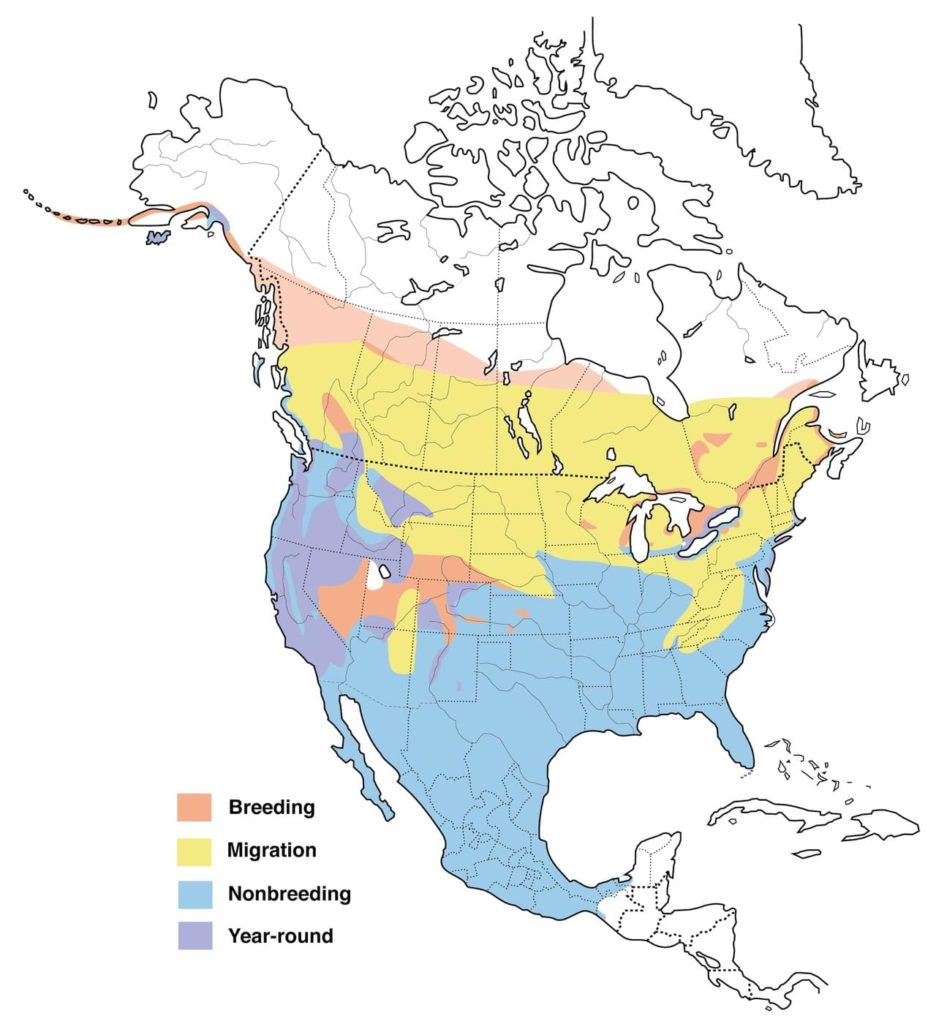
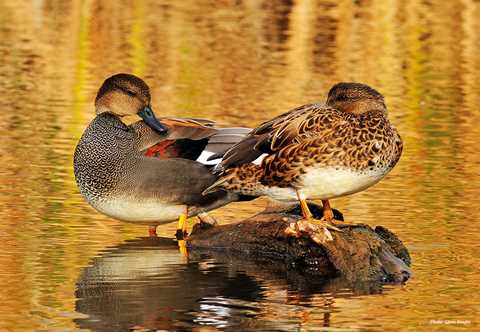
Northern Pintail: “Elegant Northern Pintails swim through wetlands and lakes with their slender necks and long, pointed tails held high. Intricately patterned and pale-faced females join males fashioned with a signature white stripe down their chocolate-colored necks”.*
Northern Shoveler: “Perhaps the most outwardly distinctive of the dabbling ducks thanks to its large spoon-shaped bill, the Northern Shoveler busily forages head down in shallow wetlands. Its uniquely shaped bill has comblike projections along its edges, which filter out tiny crustaceans and seeds from the water. If the bill doesn’t catch your eye, the male’s blocky color palette sure will, with its bright white chest, rusty sides, and green head. The female is no less interesting with a giant orange bill and mottled brown plumage”.*
Wood Duck: We all know about the Wood Duck, the prettiest of them all! See our article here and watch the video of the babies jumping out to their nest!!!
DIVING DUCKS
As their name indicates, the diving ducks are great swimmers who dive deep into the water to find the fish, insects and plants they prefer. They are quiet ungainly on the land, so they stay primarily on the water, taking off directly from the water to the air, after they build up some speed! There are 20 main species of diving ducks which includes one of my favorites, the Mergansers with their thin bills and beautiful plumage. Diving Ducks: Barrows Goldeneye, Black Scoter, Bufflehead, Canvasback, Common Eider, Common Goldeneye, Common Merganser, King Eider, Lesser Scaup, Long-tailed Duck, Red-breasted Merganser, Redhead, Ring-necked Duck, Spectacled Eider, Steller’s Eider, Surf Scoter, White-winged Scoter.
The 4 Most Common Diving Ducks
Canvasback: “Often called the aristocrat of ducks, the Canvasback holds its long sloping forehead high with a distinguished look. Males stand out with a rusty head and neck and a gleaming whitish body bookended in black. Females are pale brown overall, but that Canvasback head shape still gives them away. This diving duck eats plant tubers at the bottom of lakes and wetlands. It breeds in lakes and marshes and winters by the thousands on freshwater lakes and coastal waters”.*
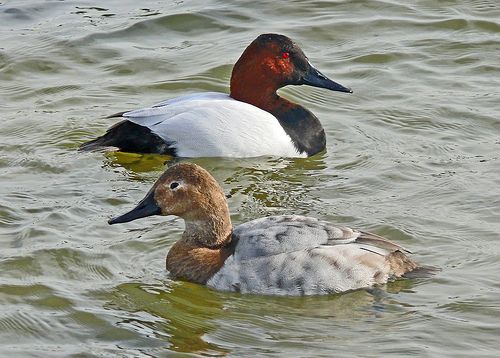
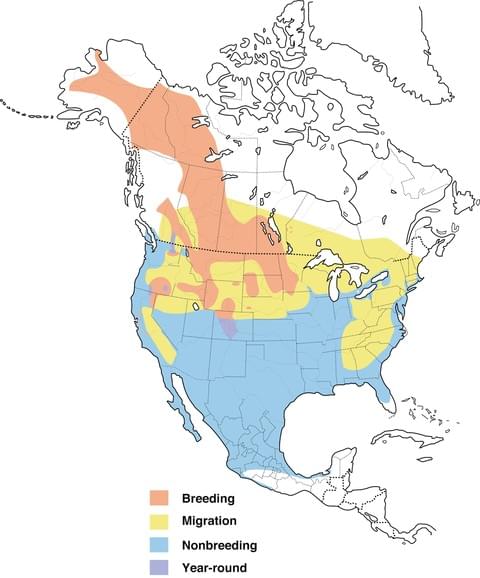
“In the world of ducks, females abide by the saying, “don’t put all your eggs in one basket.” Female Canvasbacks sometimes lay eggs in another Canvasback’s nest; and Redheads and Ruddy Ducks sometimes lay their eggs in a Canvasback’s nest”.*
Lesser Scaup: “Tight-knit groups of Lesser Scaup congregate on large lakes, reservoirs, and estuaries during migration and winter, sometimes by the thousands. From afar flocks might just look like floating mats of vegetation on the water. A closer look reveals black-and-white males and chocolatey-brown females floating on the surface and diving below to eat aquatic invertebrates and plants. The devilishly similar Greater Scaup often joins the group too, but the Lesser Scaup wears a tiny peaked hat that sits towards the back of the head, unlike the Greater Scaup’s rounded head”.*
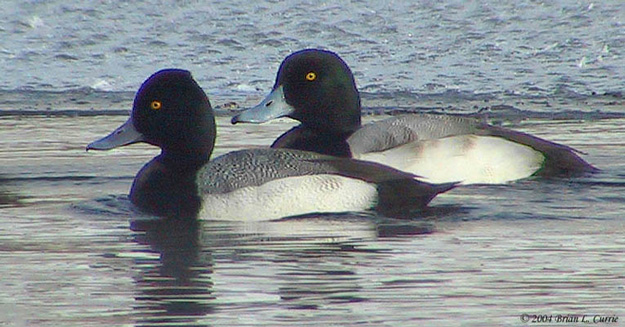
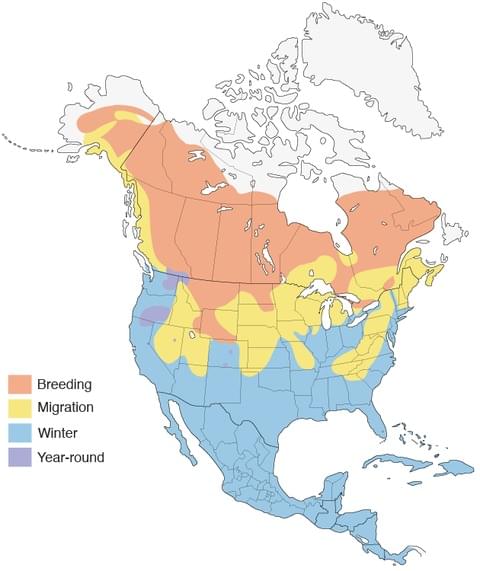
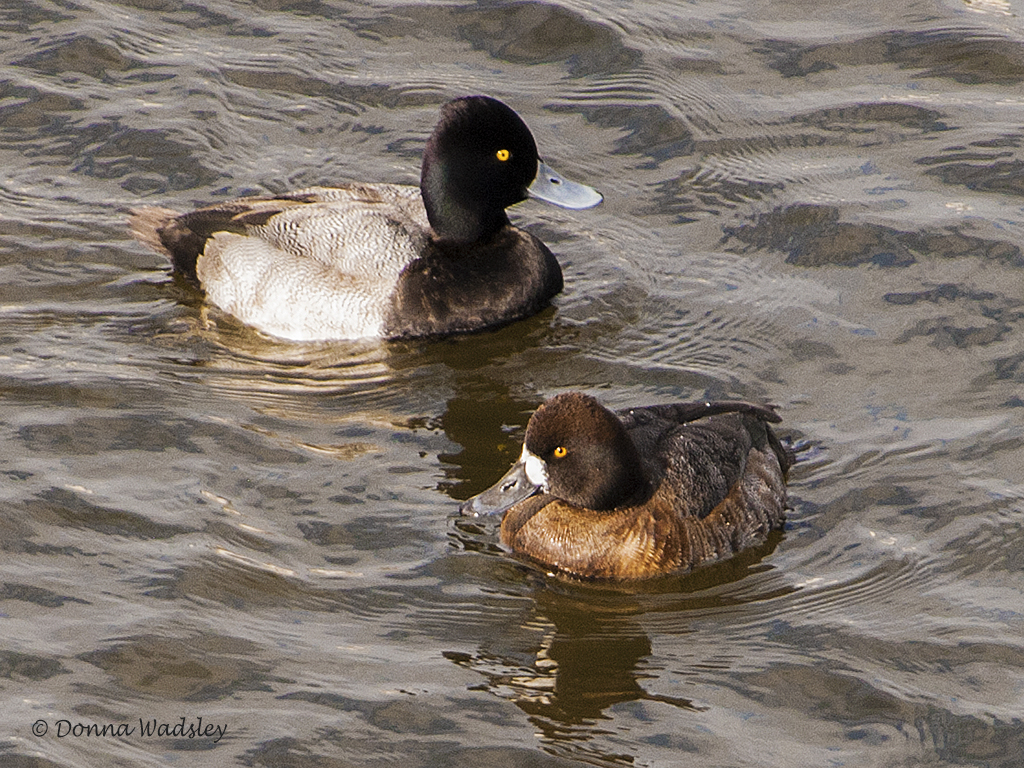
Redhead: “With a gleaming cinnamon head setting off a body marked in black and business gray, adult male Redheads light up the open water of lakes and coastlines. These sociable ducks molt, migrate, and winter in sometimes-huge flocks, particularly along the Gulf Coast, where winter numbers can reach the thousands. Summers find them nesting in reedy ponds of the Great Plains and West. Female and young Redheads are uniform brown, with the same black-tipped, blue-gray bill as the male”.*
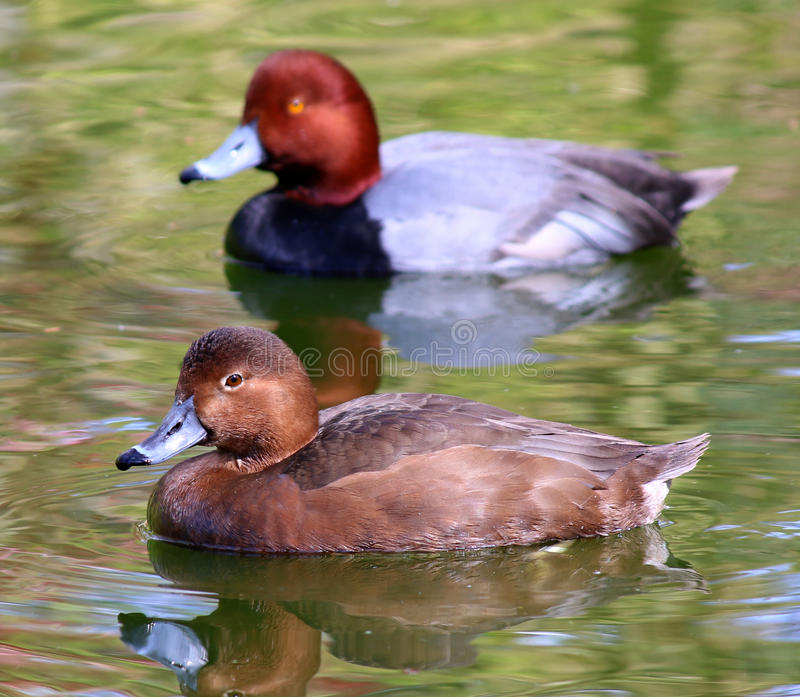

Ring-necked Ducks: “The male Ring-necked Duck is a sharply marked bird of gleaming black, gray, and white. Females are rich brown with a delicate face pattern. At distance, look for this species’ distinctive, peaked head to help you identify it. Even though this species dives for its food, you can find it in shallow wetlands such as beaver swamps, ponds, and bays. Of all the diving duck species, the Ring-necked Duck is most likely to drop into small ponds during migration”.*
GEESE

So while Ducks and Geese are in the same Family grouping, they are not the same! In general, geese are larger than ducks with longer necks, more elongated bodies and longer legs. Both have webbed feet, with the geese having more pronounce webbing. And both have the flattened bill with the geese having a shorter bill. While ducks are omnivores (eating both plants and ‘animals’), geese are herbivores, eating only plants. There are 9 main species of Geese in N America: Barnacle Goose, Brant, Cackling Goose, Canada Goose, Emperor Goose, Hawaiian Nene Goose, Ross’s Goose, Snow Goose/Blue Goose, Greater White-fronted Goose.
3 Most Common Geese in North America
Canada Goose: “The big, black-necked Canada Goose with its signature white chinstrap mark is a familiar and widespread bird of fields and parks. Thousands of “honkers” migrate north and south each year, filling the sky with long V-formations. They are Dabblers, too, enjoying aquatic vegetation, but as lawns have proliferated, more and more of these grassland-adapted birds are staying put in urban and suburban areas year-round, where some people regard them as pests”.*
Snow Goose/Blue Goose: While the beautiful Snow Goose lives and breeds in the far Northern Tundra regions, migration brings them down to Lower 48. READ THIS, our wonderful article and see the great pictures of the incredible Snow Goose and it’s morph, the Blue Goose:
Greater White-fronted Goose: “The Greater White-fronted Goose is a stocky brown goose that occurs across the Northern Hemisphere and in North America is found mainly west of the Mississippi. It sports white feathers around its pinkish orange bill, orange legs, and a white line down its side. These geese breed in arctic tundra and winter in large flocks in wetlands, lakes, and croplands”.*
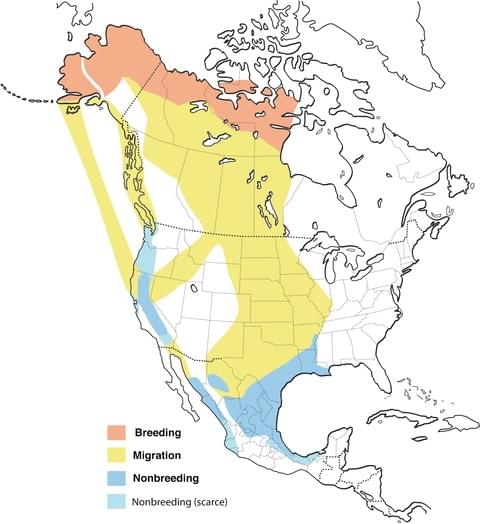
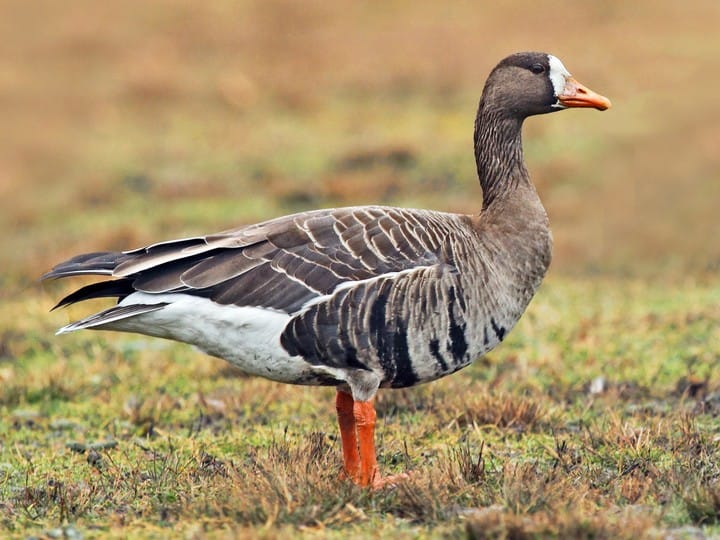
There you have it! If you are at all like me, when you step outside and hear that familiar quacking or honking overhead, you immediately look up and enjoy the sight of our beautiful North American Ducks and Geese! Keep on looking up!!
video by You Tuber slapshot36227
Quotes from All About Birds*
